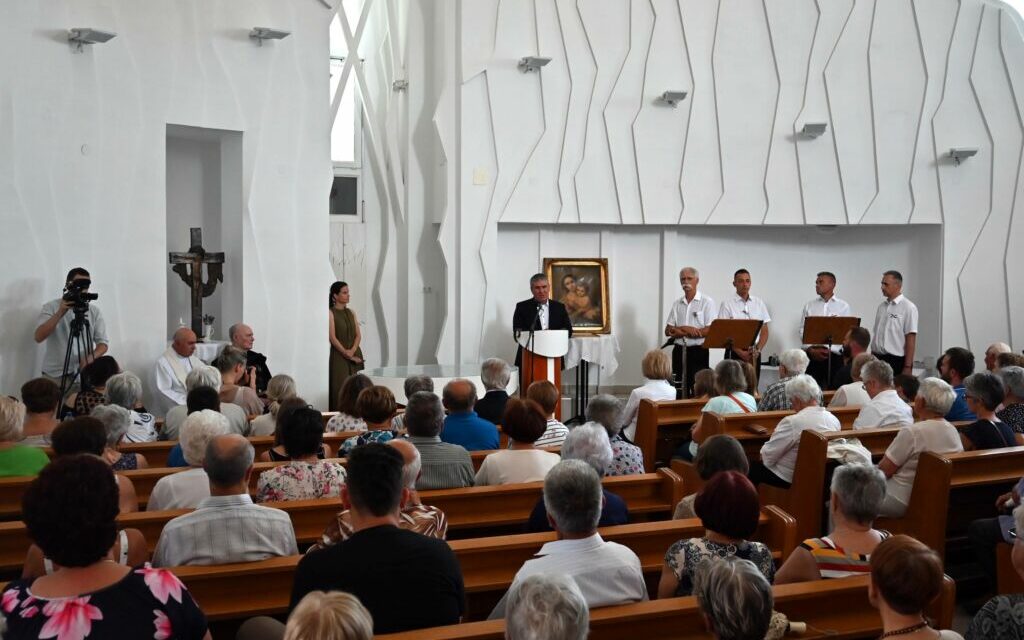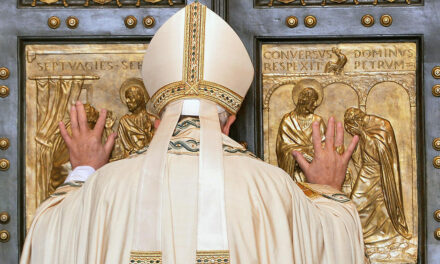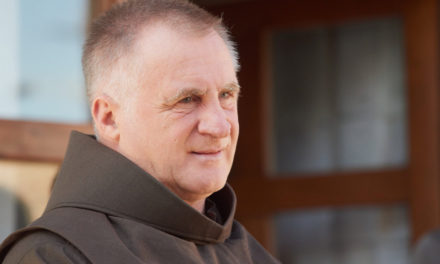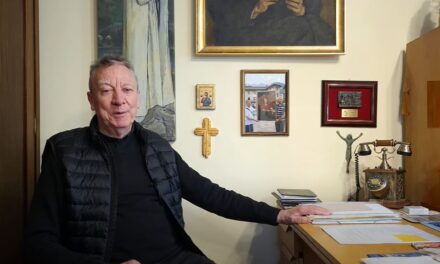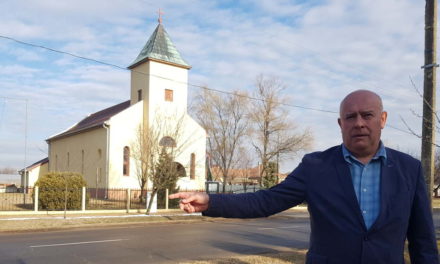The internment-like displacements took place 72 years ago, as a result of which nearly 10,000 people lost their homes and all their possessions and were sent to the closed camps set up in Nagykunság and Hortobágy with their families. They were remembered this weekend.
On June 25, by the Kilenclyukú bridge, in the Good Shepherd Ecumenical Church of Hortobágy, those who were dragged to the wastelands of Hortobágy and Nagykunság between 1950 and 1953 and their descendants gathered. Mari Albertné Vecsernyés Aranka, the president of the Hortobágy Forced Labor Camp Association's President, emphasized in her opening speech that they no longer have to fear the past, but in the present they must do everything in order to preserve the memory of their collective deportation.
Parliamentarian Sándor Bodó also highlighted the importance of remembrance and commemoration. He also said that everything must be done so that the public can learn more about the lives of those dragged to Hortobágy.
Ádám Jakab, the mayor of Hortobágy, said in his speech that Hortobágy is primarily known for its natural beauty and pastoral traditions. At the same time, they must remember the crimes of communism, such as the system of closed camps between 1950 and 1953, on the spot. He also reported that they are working with parliamentarian Sándor Bodó to soon have a monument to commemorate the thousands of innocently abducted families for whom Hortobágy meant years of captivity and forced labor.
The commemoration ended with an ecumenical service and wreath-laying.
Source and image: vasarnap.hu

